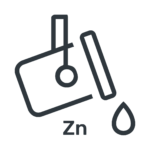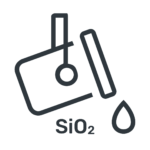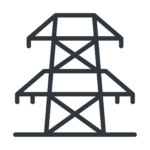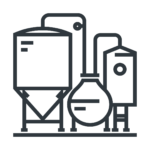AMERICAN FLAME RESISTANCE STANDARD FOR PERSONAL FIRE-RESISTANT PROTECTIVE GARMENTS
The NFPA 2112 standard specifies the basic minimum requirements and test methods for flame resistance for personal fire-resistant protective garments.
REQUIREMENTS FOR NFPA 2112 STANDARD CERTIFICATION
NFPA 2112. STANDARD ON FLAME RESISTANCE GARMENTS FOR PROTECTION OF INDUSTRIAL PERSONNEL AGAINTS FLASH FIRE
SCOPE: To specify the minimum performance requirements and test methods for flame-resistant fabrics and components and the design and certification requirements for garments for use in areas at risk from flash fires.
ASTM F2700
Thermal Protective Performance (HTP) > 6.0 cal/cm2 and 3.0 cal/cm2:
Fabric should be tested as received and after 3 washings.
Requirements to comply with:
- Spaced HTP > 25 J/cm2 (6.0 cal/cm2).
- Contact HTP > 12,6 J/cm2 (3.0 cal/cm2).
The test consists of applying a combination of radiant and convective heat.
ASTM D6413
Flame resistance test. Char length ≤ 100 mm (4 in.):
Fabric should be tested as received and after 100 washings.
Requirements to comply with:
-
- Char length ≤ 100 mm (in any direction).
- After-flame < 2 s.
- No melting and dripping.
| Weight of the fabric | Weight to be applied |
| 68 – 203 g/m (2 – 6 oz/yd2) | 100 g (4 oz) |
| 203 – 508 g/m (6 – 15 oz/yd2) | 200 g (8 oz) |
| 508 – 780 g/m (15 – 23 oz/yd2) | 300 g (12 oz) |
| > 780 g/m (> 23 oz/yd2) | 475 g (16 oz) |
According to specifications of NFPA 2112 sec 8.4
Heat and thermal shrinkage resistance < 10%:
Fabric should be tested as received and after 3 washings.
Test is done at 260ºC during 5 min.
Requirements to comply with:
Fabric should be tested as received and after 3 washings.
Test is done at 260ºC during 5 min.
Requirements to comply with:
- Thermal shrinkage < 10%.
- No melting and dripping.
- No separation of layers.
- No ignition.
ASTM F1930
Manikin Test. Predicted burning area of burn injury (2nd and 3rd degree) < 50%.
Three garments should be tested after 1 washing.
The design of the garments is defined by the standard.
Garments are tested together with standard undergarments: briefs of 100%CO of 170 g/m2 and a T-shirt of 100%CO of 140 g/m2.
Exposure time: 3 seconds.
Heat flux: 84 KW/m2
The final result is the total predicted area of 2nd and 3rd degree burn injury (without taking into account feet and hands but including the head). It should be no more than 50%.
Number of tests: 3
Three garments should be tested after 1 washing.
The design of the garments is defined by the standard.
Garments are tested together with standard undergarments: briefs of 100%CO of 170 g/m2 and a T-shirt of 100%CO of 140 g/m2.
Exposure time: 3 seconds.
Heat flux: 84 KW/m2
The final result is the total predicted area of 2nd and 3rd degree burn injury (without taking into account feet and hands but including the head). It should be no more than 50%.
Number of tests: 3
















